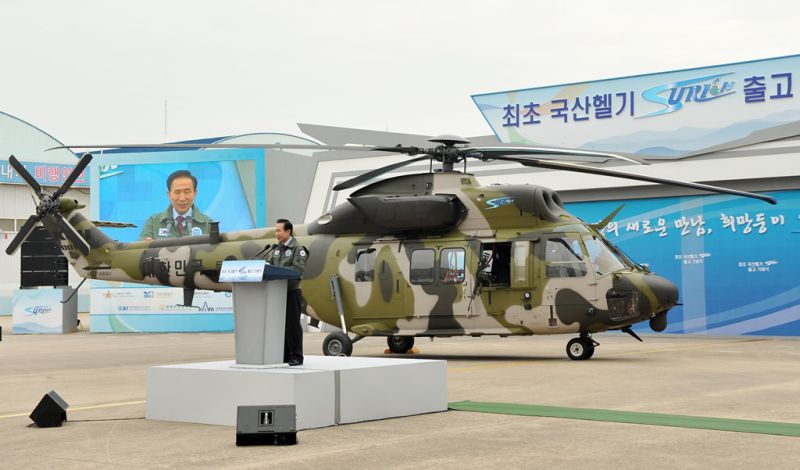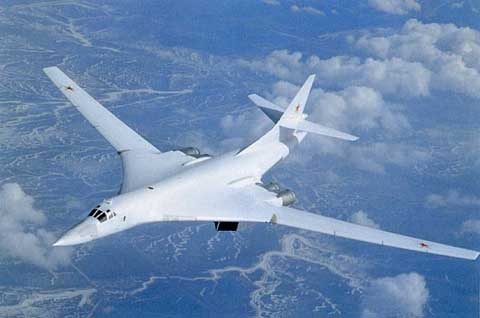Despite some technical shortcomings, Korea has given the green light for the production of Surion utility helicopters ㅡ the nation’s first locally developed rotary-wing aircraft ㅡ for the military, officials said Sunday.
“Noh Dae-lae, commissioner of the Defense Acquisition Program Administration (DAPA), signed the approval for Surion helicopters on June 28, while pointing out areas of concern that need to be addressed,” DAPA spokesman Baek Youn-hyeong said.
Noh concluded that development and operational tests of the Surion helicopter demonstrated that the indigenous rotary-wing aircraft is suitable for military operations, although further performance tests are desired, the spokesman said.
The Surion project, also known as the Korea Utility Helicopter (KUH) program, is the country’s single biggest military purchase plan ever from a local contractor, the Korea Aerospace Industries (KAI).
The military, which has spent some 1.3 trillion won ($1.13 billion) for the KAI to develop the country’s first chopper over the past five years, plans to introduce about 250 with an additional budget of 6.74 trillion won.
Park Won-dong, head of the KUH program, said the state-run arms procurement agency will evaluate the effect of low temperature conditions on its performance through a flight test in Alaska next year and continue to work on some minor improvements, such as vibration reduction.
“DAPA believes that the Surion has met all requirements necessary for deployment, but will need to make modifications after further tests and monitoring to assure that our product reaches international standards,” Park said.
Sources said some evaluators of the tests maintained that the high-end chopper should pass a flying test at a temperature of minus 32 degrees centigrade before it is mass produced from September 2012.
The Surion failed to pass a non-flying indoor test performed at minus 32 degrees in 2010 and 2011, but managed to pass the last one in April 2012.
Earlier, Park insisted the low temperature flying test was unnecessary since it was unlikely for the armed forces to use the helicopter in extreme weather conditions.
However, he changed his stance as such a further evaluation and retrofit modifications would help promote exports of the made-in-Korea helicopters.
DAPA will officially announce the approval of the Surion and the results of evaluations in two weeks after completing the standardization process of the chopper for mass production, a senior DAPA official said.
“It will be terrific news to everyone, especially those who have been in the forefront of making globally competitive defense products,” he said, declining to be named. “DAPA plans to give an extensive press briefing in about two weeks to highlight the outstanding achievements in the development of the Surion, as well as to address concerns raised over production.”
An industry source said that KAI, which has been receiving orders from police and other state and public organizations, plans to produce some 24 of the new choppers by the end of 2013 and some 220 additional ones by the end of 2017 for the armed forces.
“As KAI did for the development of the T-50 supersonic trainer jet, it will continue to upgrade the Surion through a set of new studies and evaluations, including the low temperature field test,” he said.
Technical Specification of Surion helicopter
- Crew: 2 pilots + 2 gunners + 9 troops or 2 pilots + 16 troops
- Length: 19 m (with main rotor), 15.09m (without Rotor)
- Height: 4.5 m
- Empty weight: 4,973kg
- Max. takeoff weight: 8,709 kg
- Maximum cruising speed: 259 km/h
- Operational range: 480 km











